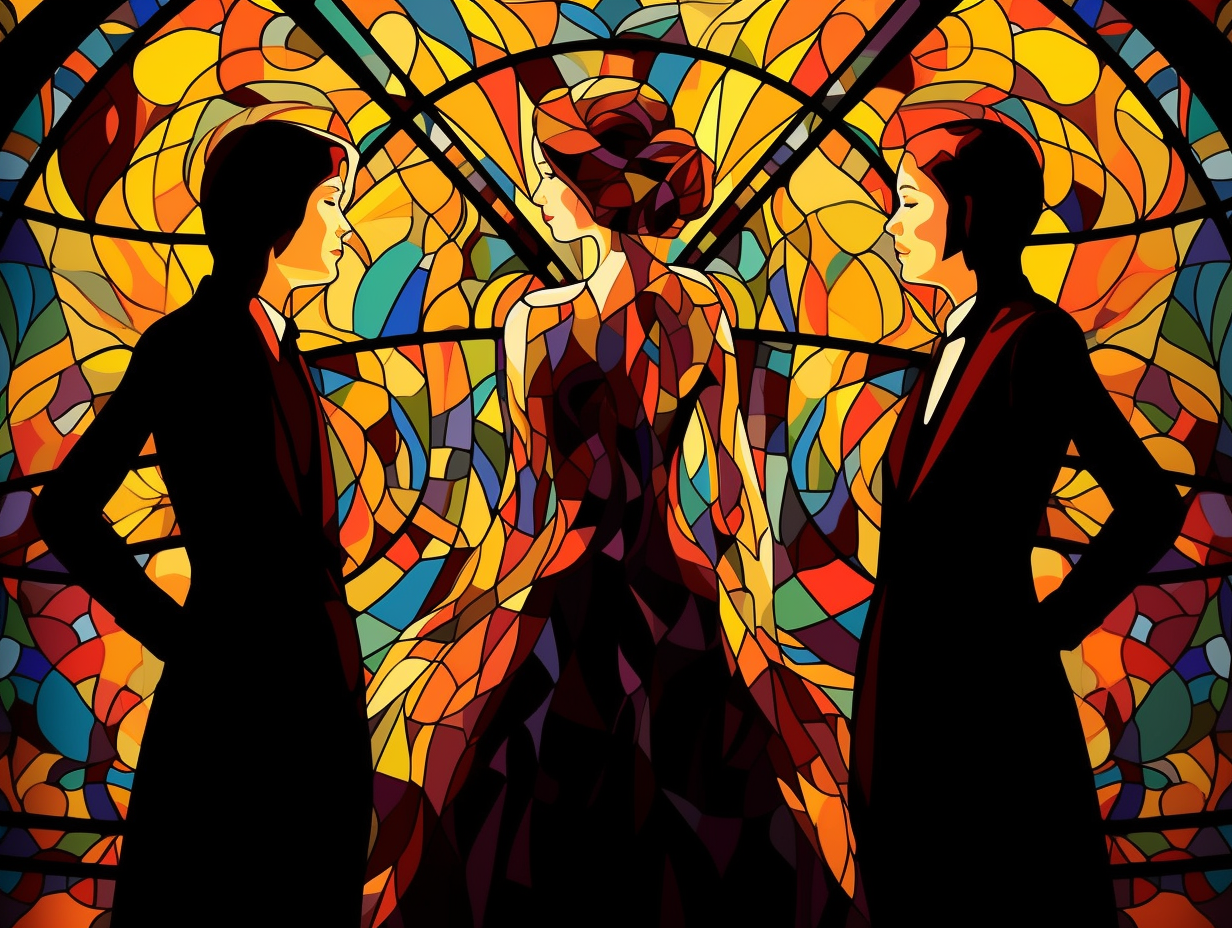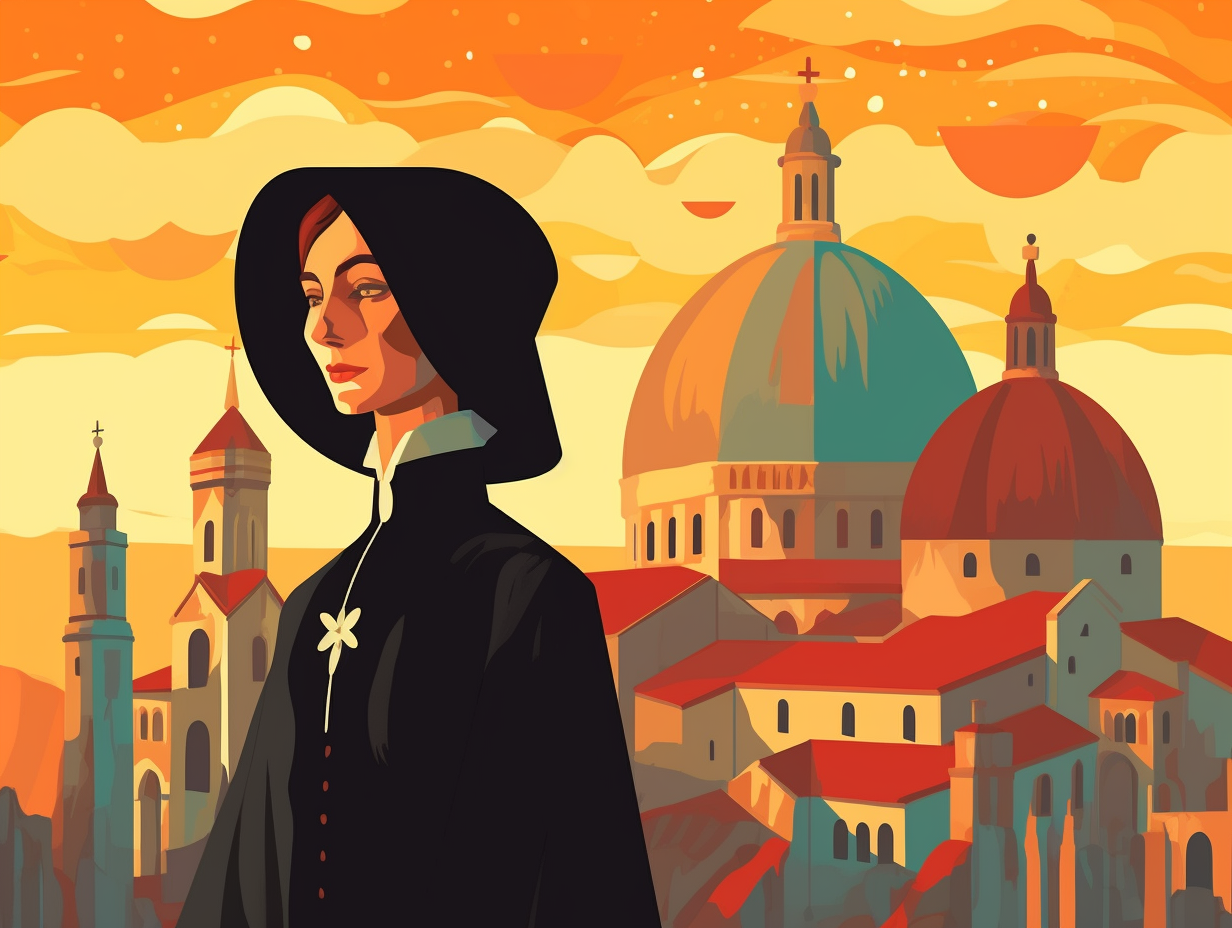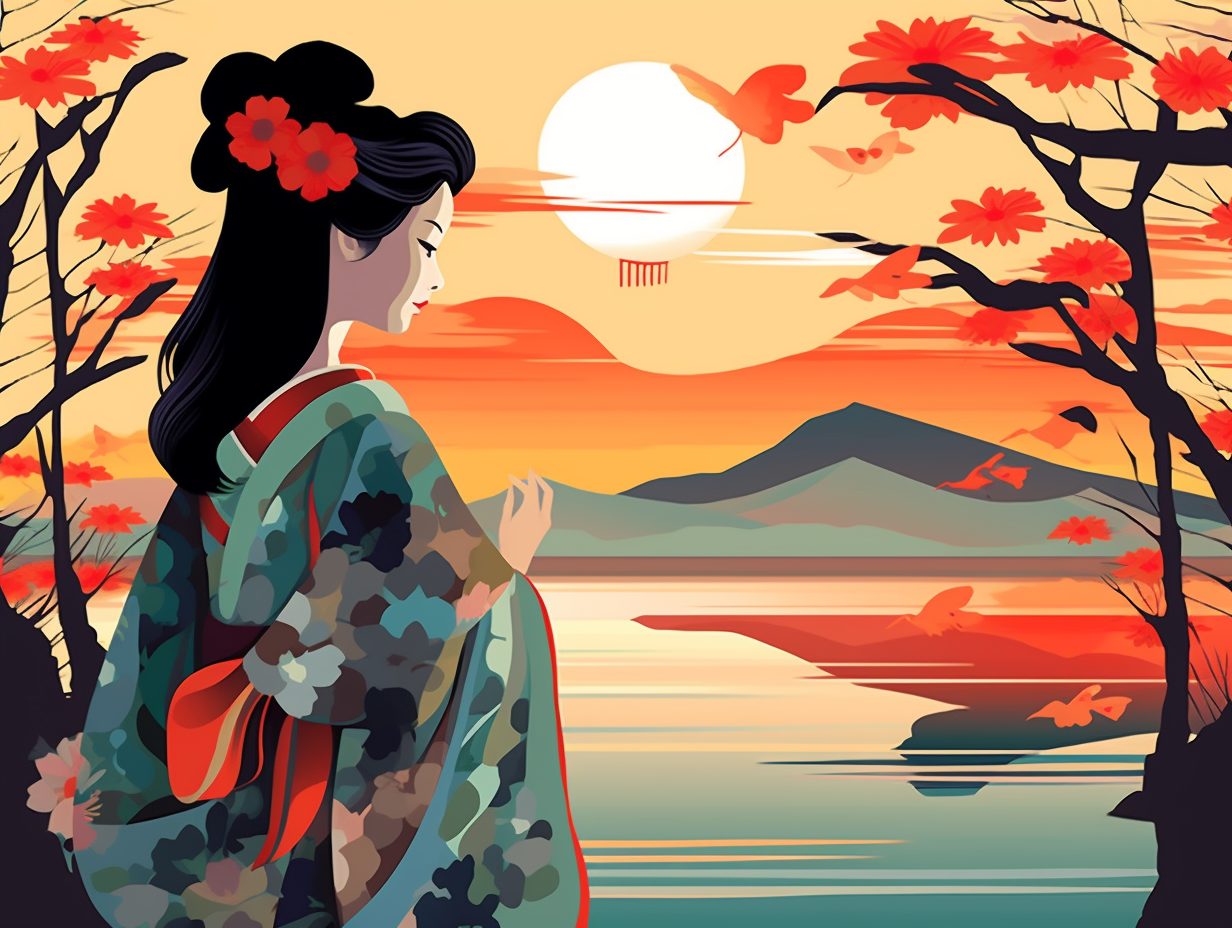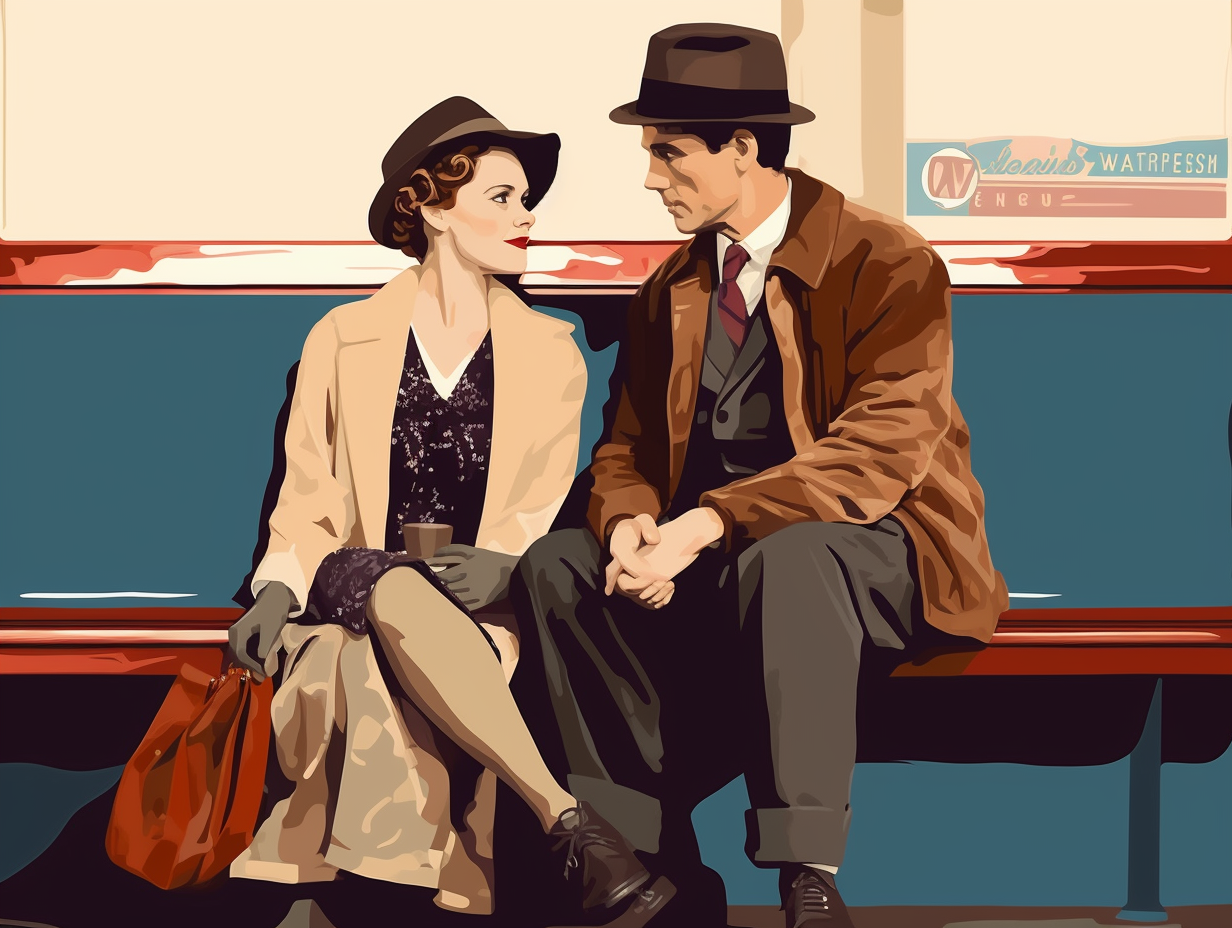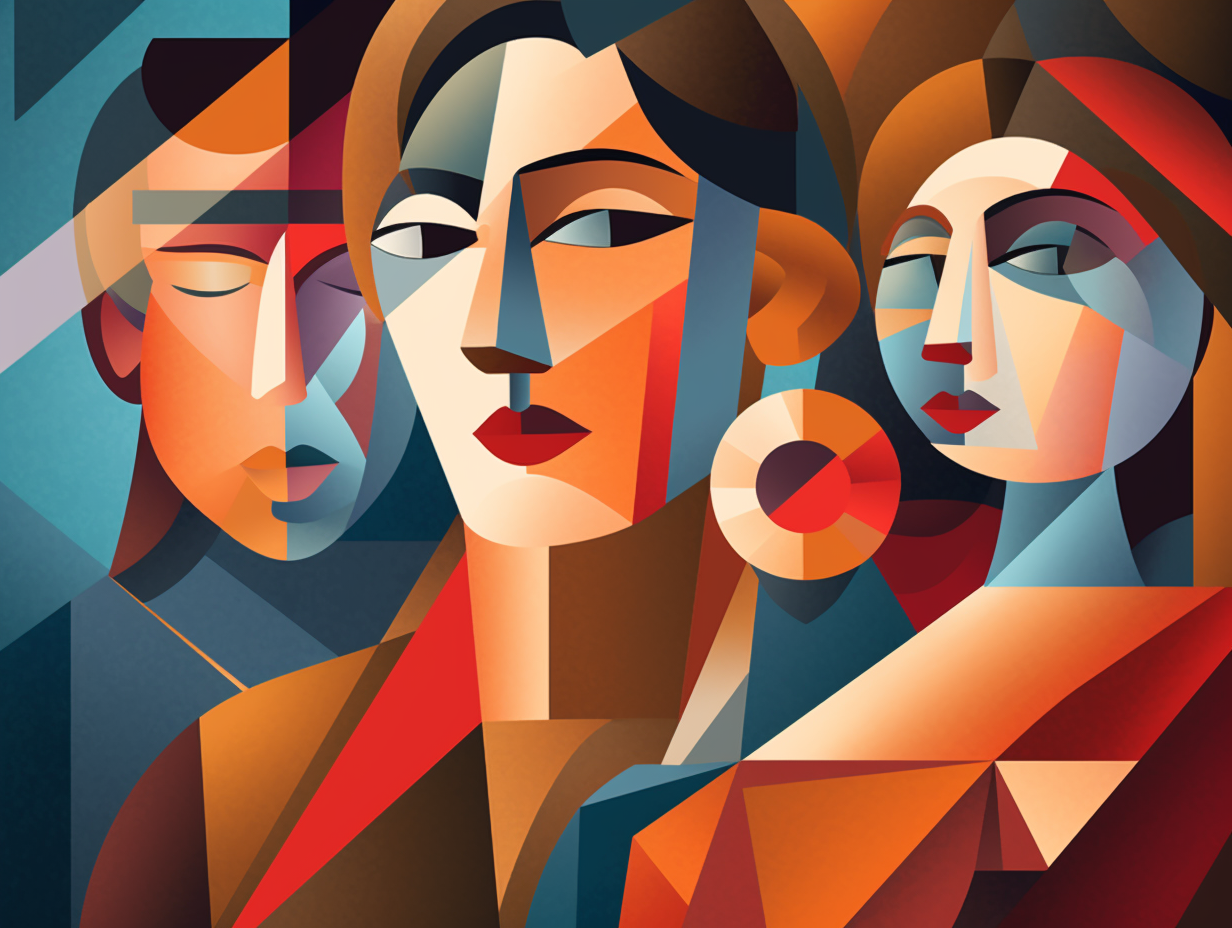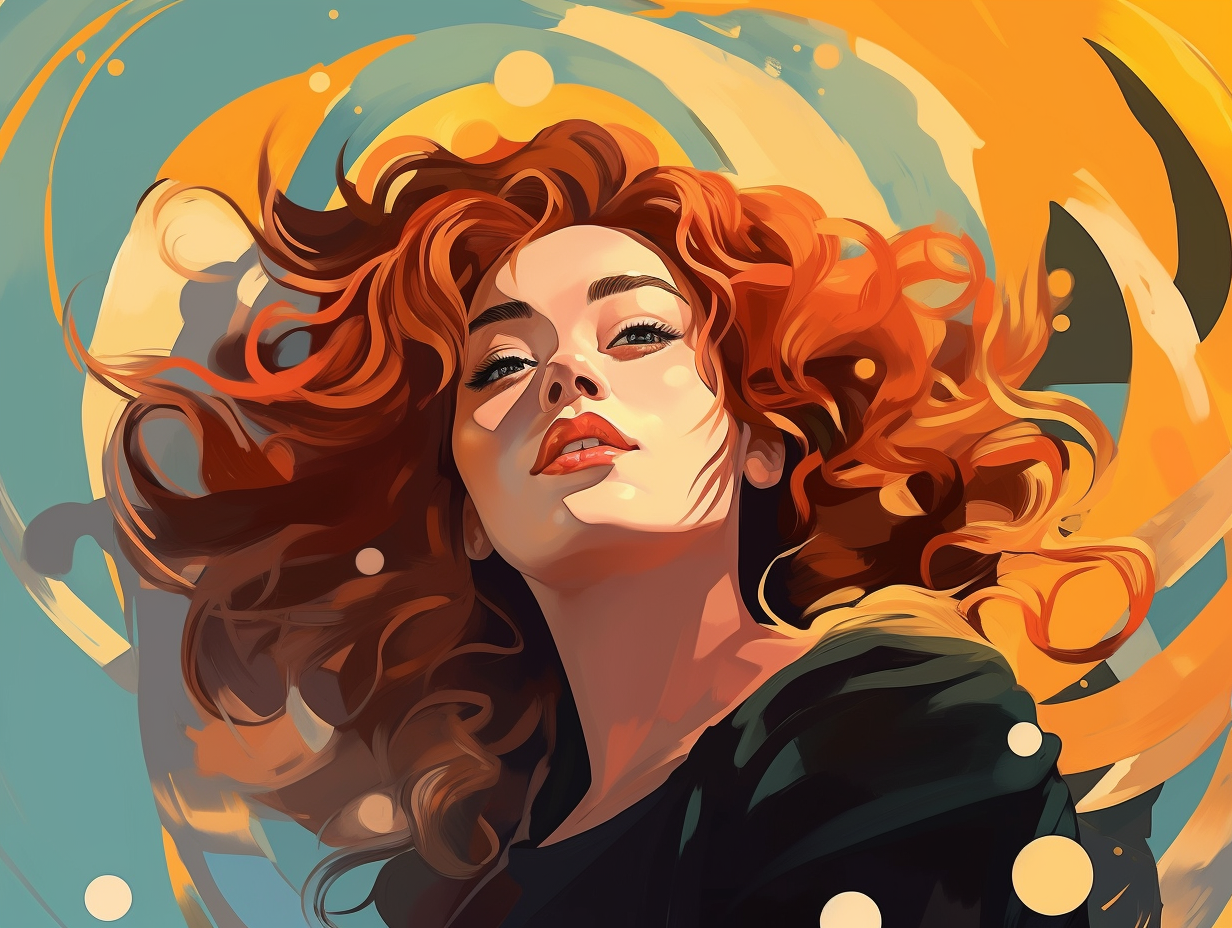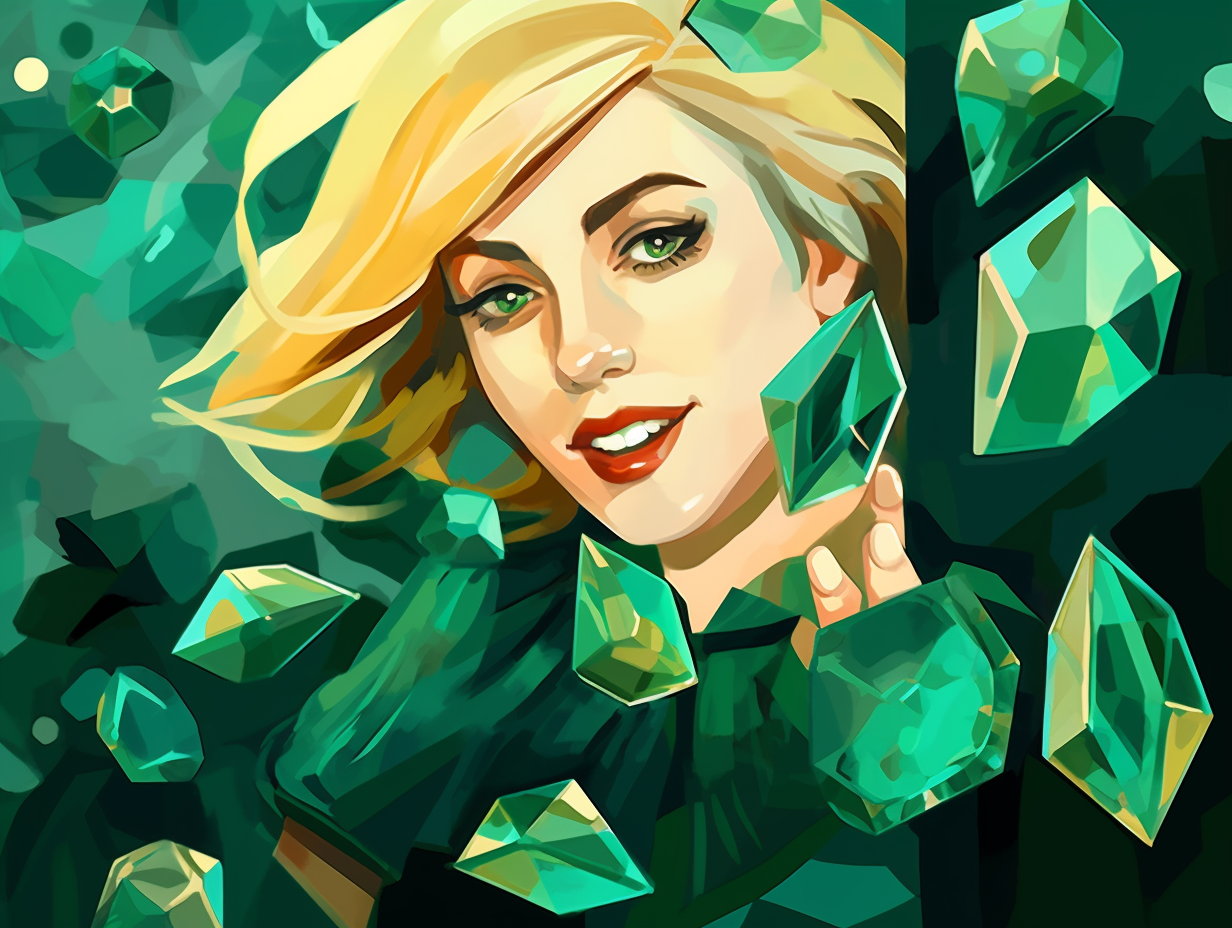Unraveling History: Top 12 Fascinating Fun Facts About Roman Art You Never Knew!

1. Unibrow Beauty Trend
Who needs tweezers when unibrows unite admirers left and right? In ancient Rome, eyebrows knew no boundaries: Women considered unibrows a symbol of beauty and wisdom, often using charcoal-like pencils to forge the connection. Some even went to the extreme of gluing goat hair between their arches for a bolder, hairier statement.
Source => nokillmag.com
2. Roman Food Art
Before Instagram foodies and Pinterest decor boards, there were ancient Roman hype artists: Roman wall paintings and floor mosaics often depicted food and items related to its preparation and service, showcasing the owner's wealth, hospitality, and the variety of goods in their home, like a fish on a platter or a bound rooster.
Source => artic.edu
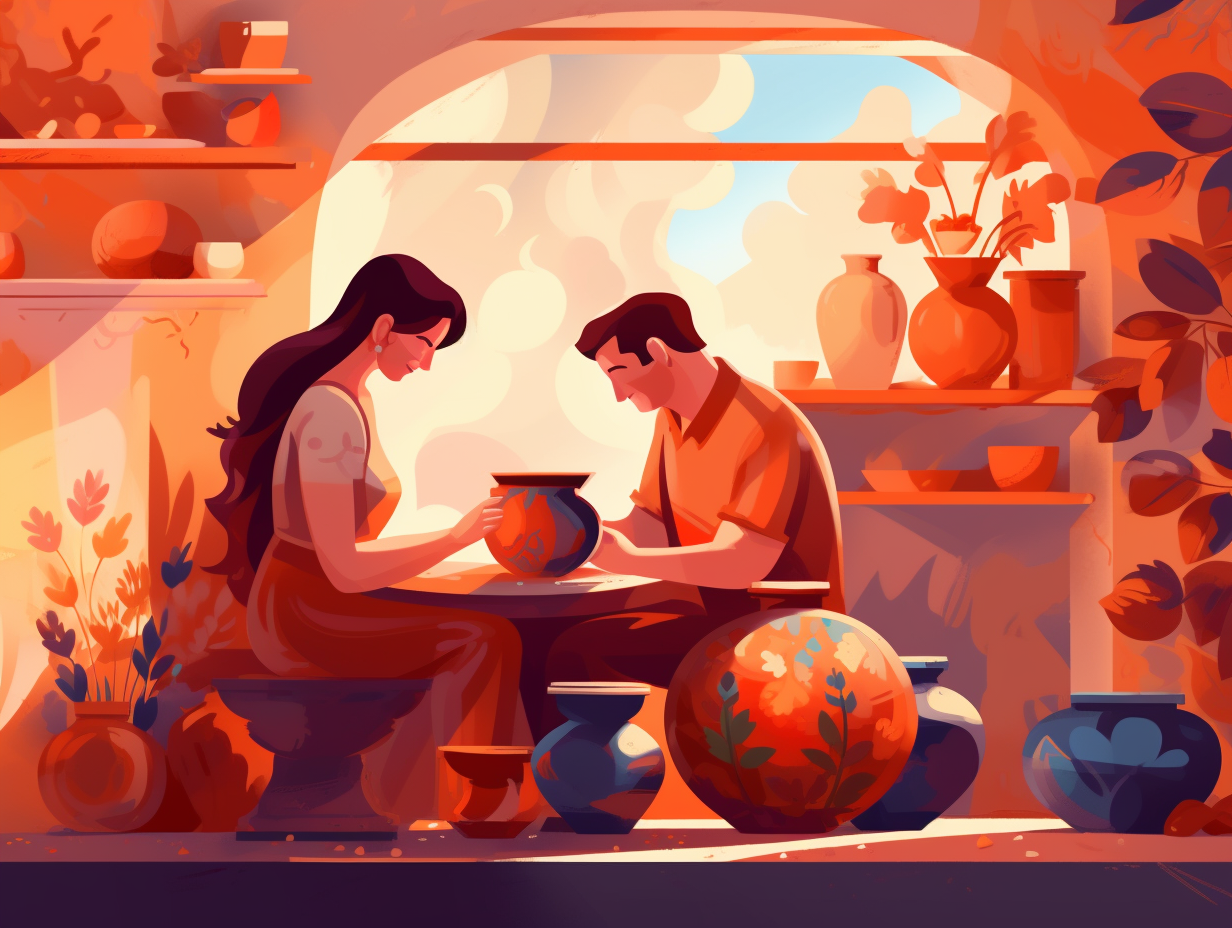
Did you know pottery took a spin before wheels were even invented? Discover how a 3500 BCE invention revolutionized the art of molding clay and find out why it beat wheels to the game! 🏺🌀
=> Fun Facts about Pottery
3. Etch A Sketch Frescoes
Who knew that ancient Roman walls were the original Etch A Sketch? Artwork that could be shaken clean and started anew: Roman frescoes graced the plastered walls of residences and businesses, crafted with purpose and sophistication. While they could be easily replaced or removed, some have survived the sands of time in cities like Pompeii and Herculaneum, offering a fascinating peek into the daily life, mythology, and artistic sensibilities of ancient Rome.
Source => digitalmapsoftheancientworld.com
4. Oversized Cranium Sculptures
Talk about a big head! While the Romans weren't ones to toot their own horn (or lovingly sculpt their skulls) to an exaggerated size to boast about their smarts, a Belgian artist took a page from their style book and went a tad noggin-crazy: Thomas Lerooy, inspired by Classical Greek and Roman sculpture, crafted bronze pieces like "Not Enough Brains to Survive" with purposefully oversized craniums to symbolize the battle between the intellect and the physical body, leaving viewers chuckling and pondering on its deeper meaning.
Source => mymodernmet.com
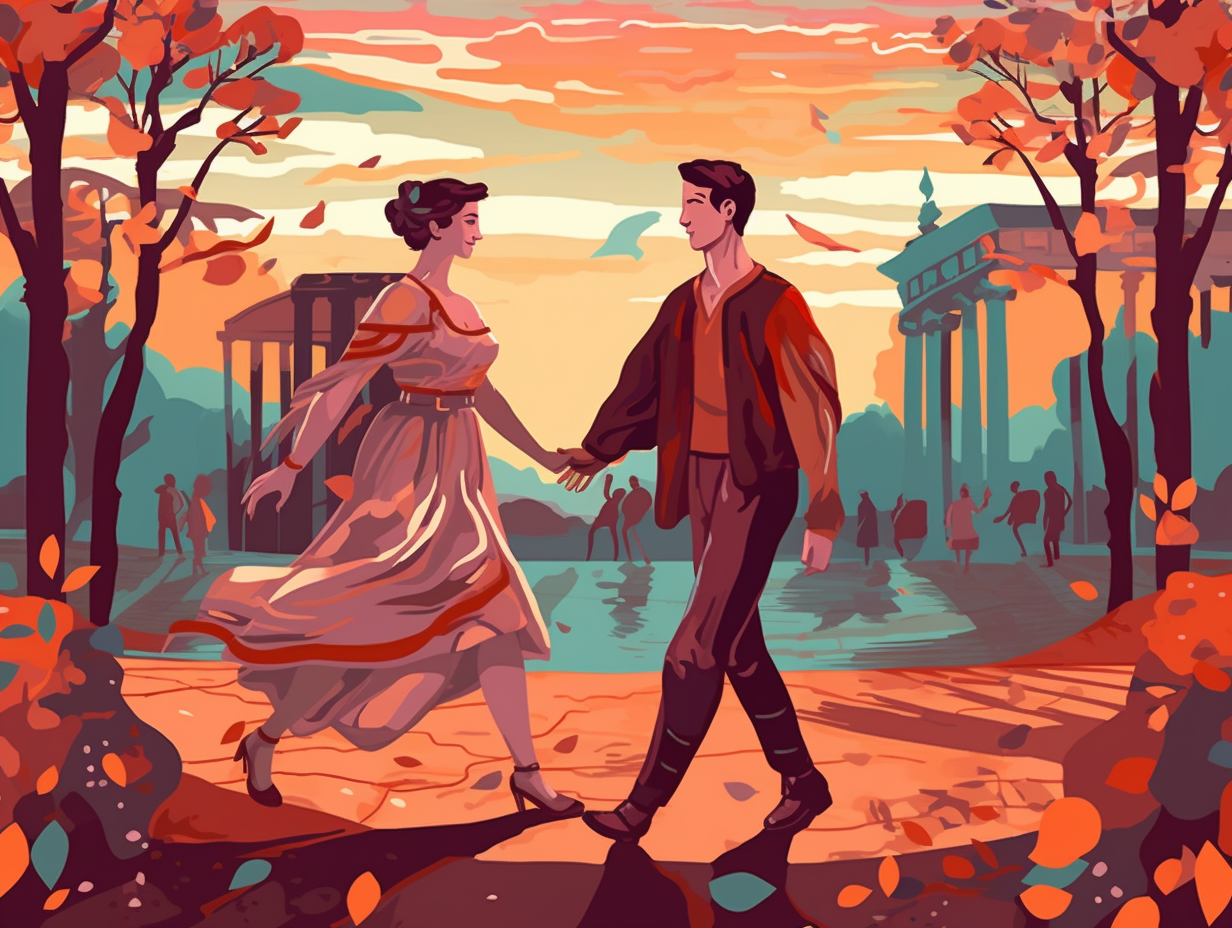
5. Emperor Snapchat Portraits
You know what they say - the Roman Empire was the original Snapchat, one portrait and a flippant coin could send your message across continents! It's all in the pout: Roman portraiture played a huge role in spreading propagandistic ideas about emperors, their families, and authority throughout the empire, paving the way for today's influencers. But beware the dreaded Senate unfollow; portraits of "bad" emperors occasionally faced the ultimate cancellation when they were recycled or destroyed.
Source => metmuseum.org
6. Astrology and Roman Politics
Before they had horoscopes at the back of magazines, Romans had a surprising muse backing Caesar's rule: astrology. These celestial endorsements gave a whole new meaning to the term "political star power": Roman leaders, such as Julius Caesar and Caesar Augustus, used astrology to legitimize their reign and even dedicated artworks like the Astronomica, a poem on astrology by Marcus Manilius, to portray their rule as cosmically ordained. In fact, astrology was a key player in ancient Roman art, politics, and propaganda, proving that when it came to Rome, the stars always had a say!
Source => fathom.lib.uchicago.edu
7. Family Propaganda in Art
When the Romans put the "Graffiti" in "Eternal City" and played a serious game of "Where's Waldo" with their family portraits: Cue the famous Tellus panel on the Ara Pacis and the Painted portrait of Septimus Severus, where Roman rulers cleverly utilized art as propaganda to showcase their divine familial bond and airbrush out any undesirable members (murder? what murder?), all in a bid to shape public opinion and hold on to power.
Source => studymoose.com
8. Mythical Roman Menagerie
Move over, Renaissance cat ladies and their furry Instagram stars: Roman art preferred the company of symbolic and mythological animals over personal pet portraits, creating a menagerie of sculptures and mosaics that highlighted creatures from hunting and nature scenes instead of immortalizing individual whiskered companions.
Source => mozaico.com
9. Cupid's Evolution
Cupid traded his six-pack for a snack-pack, transforming from Athenian frame to Roman chub: Originally depicted as a handsome winged youth in Greek and Roman mythology, Cupid eventually evolved into a chubby, winged infant that now represents pure love, complete with his iconic golden-tipped arrows of true love and lead-tipped arrows signifying the pain of falling in love—culminating in his starring role on countless Valentine's Day cards.
Source => alwaystheholidays.com
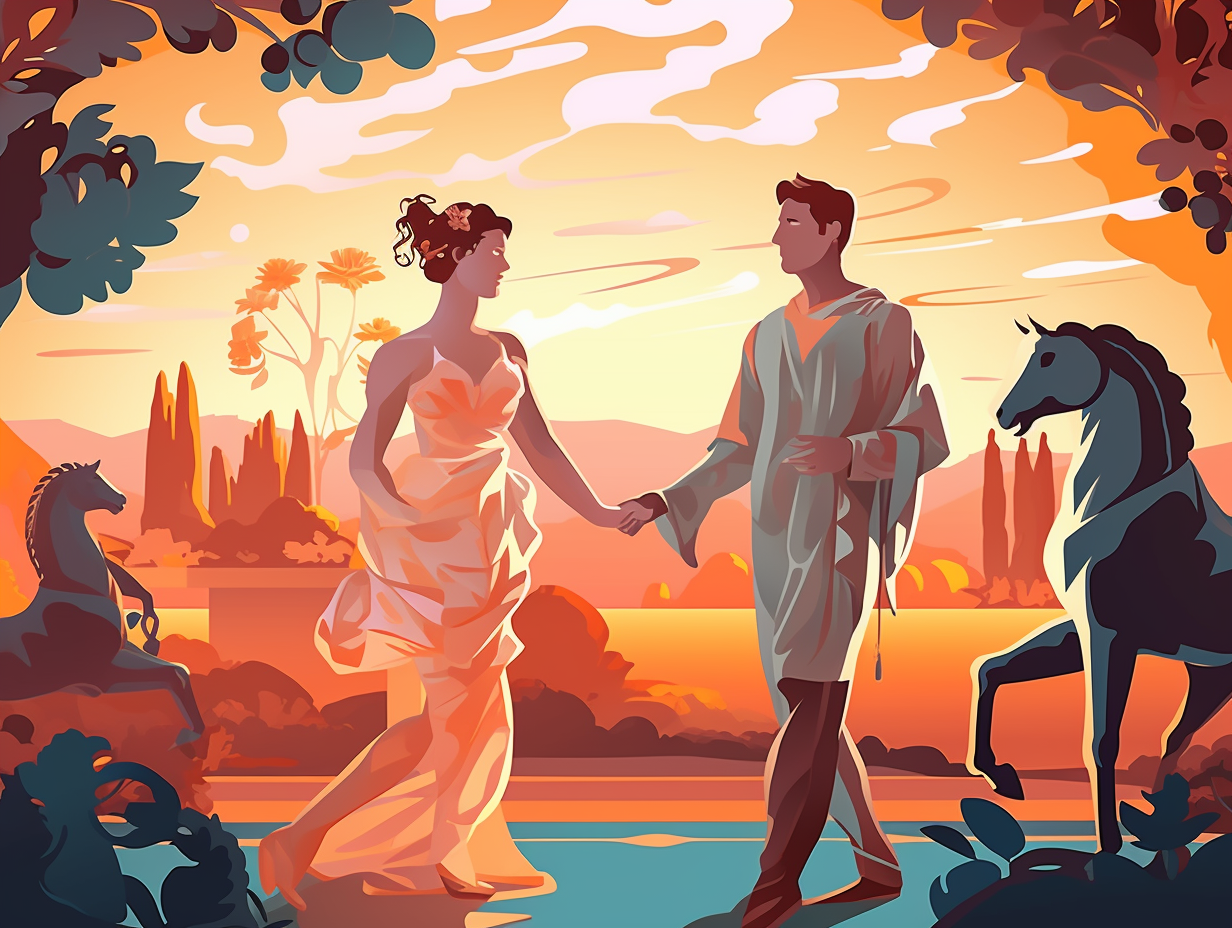
10. Awe-Inspiring Atriums
If ancient Romans had an MTV Cribs episode, the atrium would be the place they'd say "this is where the magic happens": Roman atriums were not only the focal point of family and social life, but they were also adorned with exquisite decorations like marble basins, statues, and other forms of art that left guests and clients in awe.
Source => factsanddetails.com
11. Luxurious Mosaic Makeovers
When Romans needed a tile make-over, they didn't just tile-epathically summon a discount Bob from the Tile Emporium, they went all out and hired artists to immortalize their favorite myths and scenes in luxurious mosaics: So high was the demand for this intricate art form in the 3rd century AD, Emperor Diocletian had to step in to standardize mosaic price levels based on the artist's expertise, with mosaics made from materials like limestone, marble, glass, ceramic, and even precious stones.
Source => theancienthome.com
12. Roman Sibling Rivalry in Sculpture
Remember when you wanted to wear your older sibling's cool hand-me-downs, and your parents made you match with them instead? Well, Roman sculptors did the ancient equivalent with the Greeks: Many Roman statues crafted in marble and bronze were actually replicas of renowned Greek sculptures. These popular knockoffs were created using molds to produce plaster casts from the original masterpieces, and they were often used to embellish public monuments, theaters, and baths. Thanks to this ancient case of sibling rivalry, we now have visual evidence of lost or melted Greek works through their Roman imitations.
Source => metmuseum.org
Related Fun Facts


